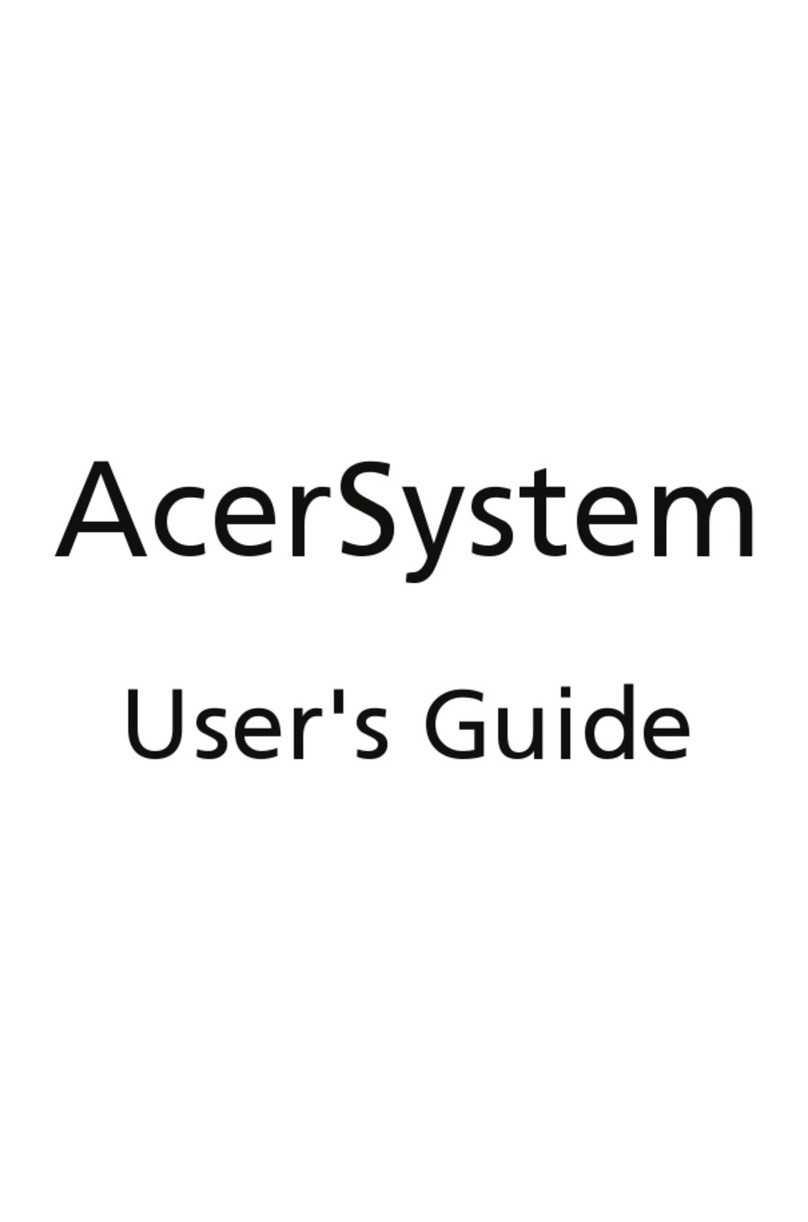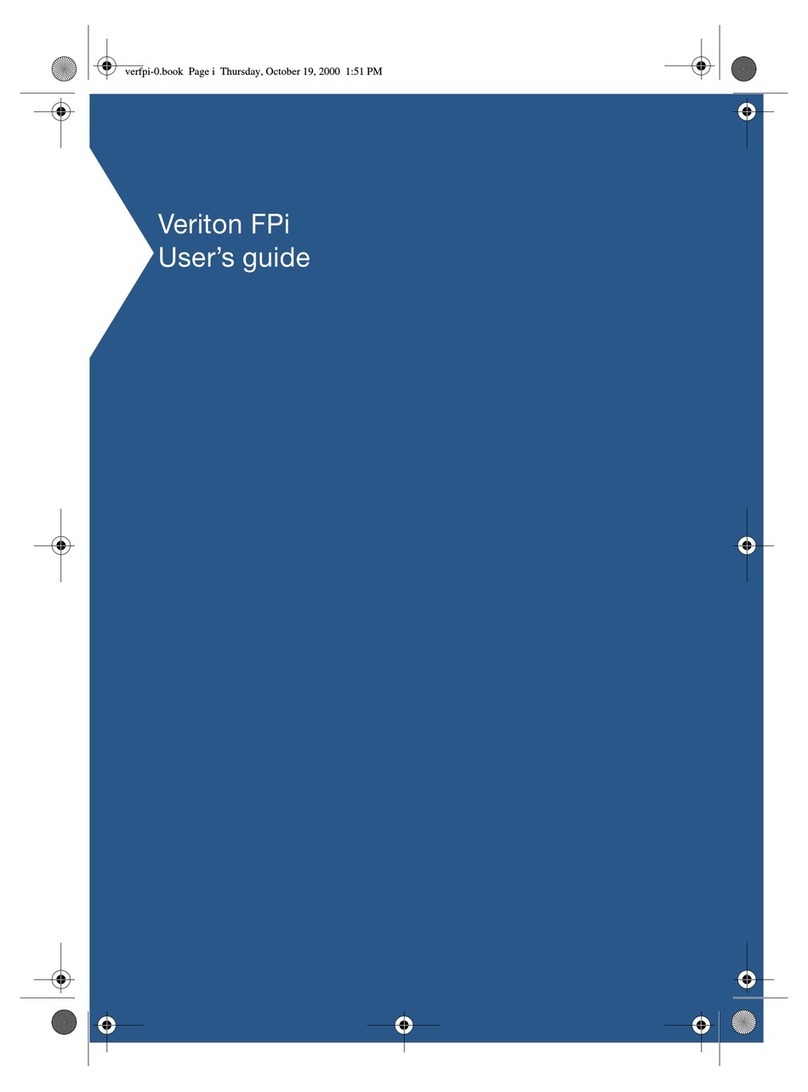Acer Aspire X3990 User manual
Other Acer Desktop manuals

Acer
Acer AcerPower APM6 User manual
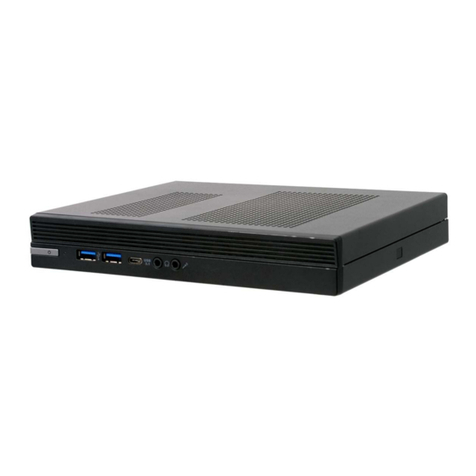
Acer
Acer Veriton N4740G User manual
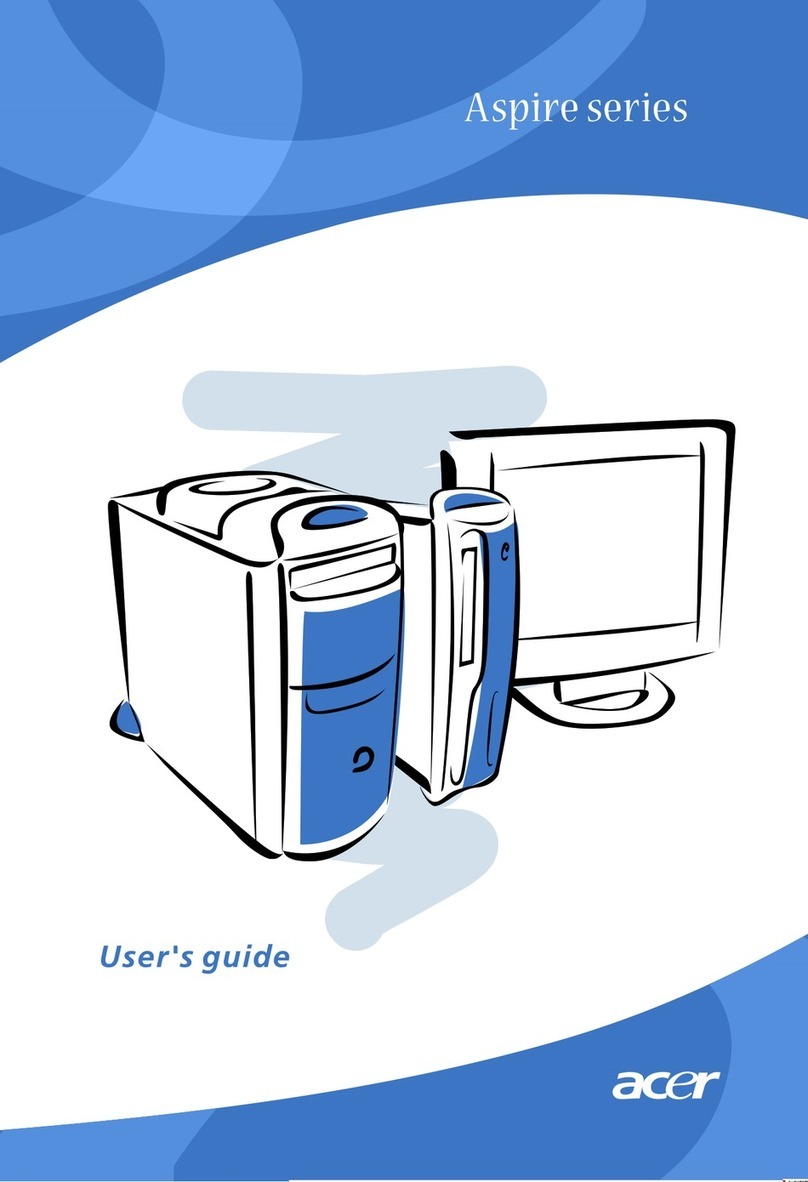
Acer
Acer Aspire G600p User manual
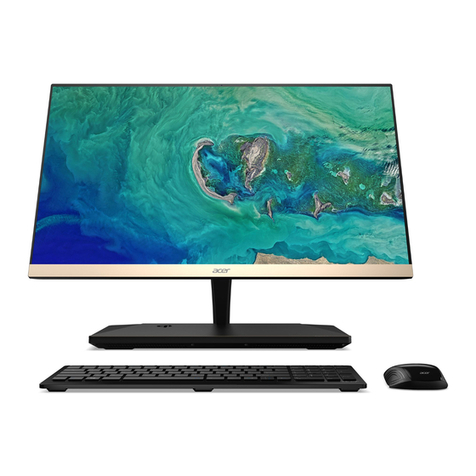
Acer
Acer Aspire S 24 User manual

Acer
Acer AR3700-U3002 User manual

Acer
Acer AcerPower F2b User manual
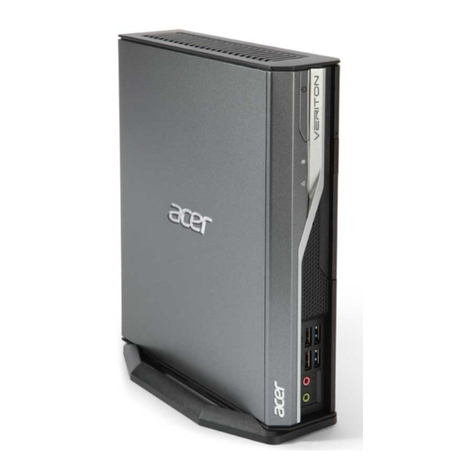
Acer
Acer Veriton 3500G User manual
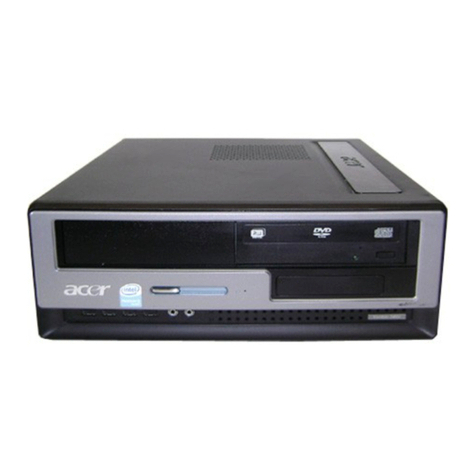
Acer
Acer Veriton 5800 User manual

Acer
Acer AcerPower 6400 User manual
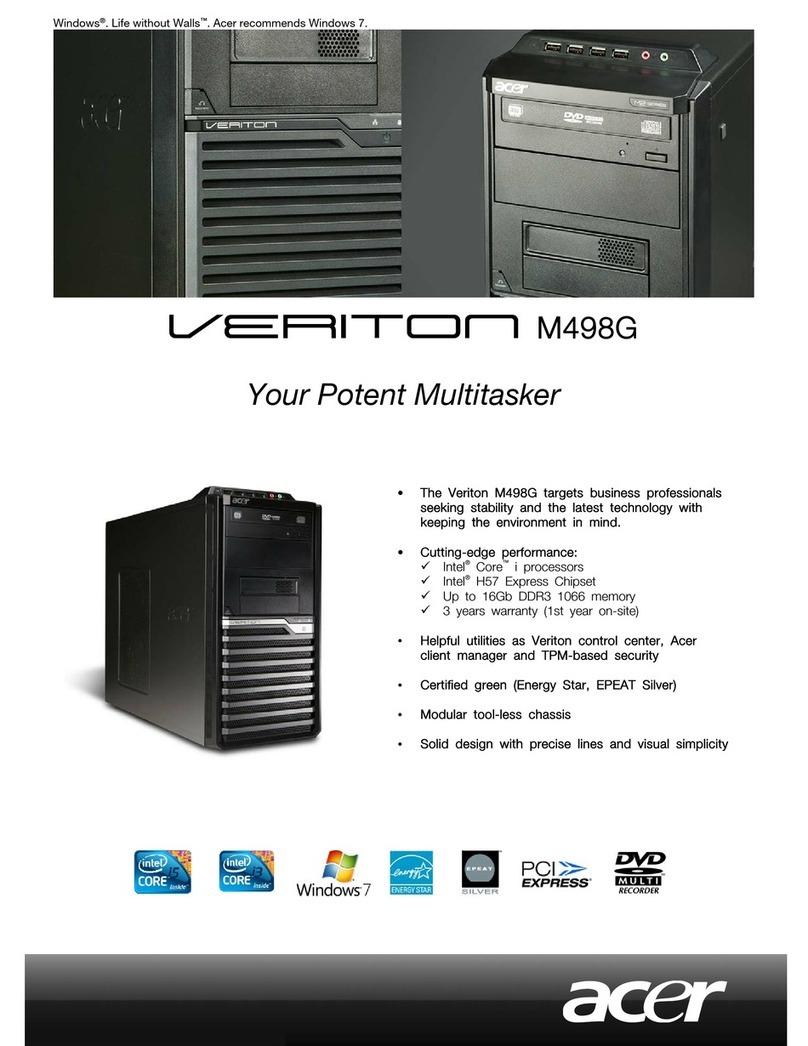
Acer
Acer Veriton M498G User manual

Acer
Acer ASPIRE M3910(G) User manual

Acer
Acer Aspire T130 User manual
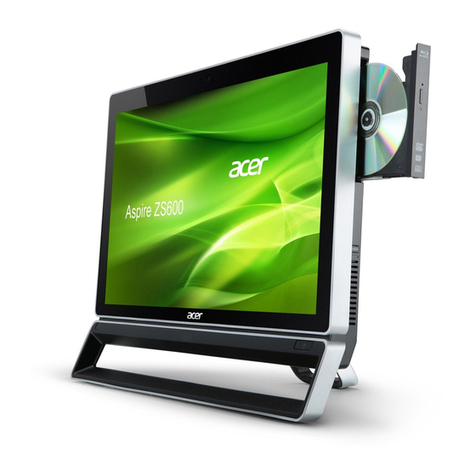
Acer
Acer Aspire ZS600 User manual

Acer
Acer Veriton 7600GT Training manual
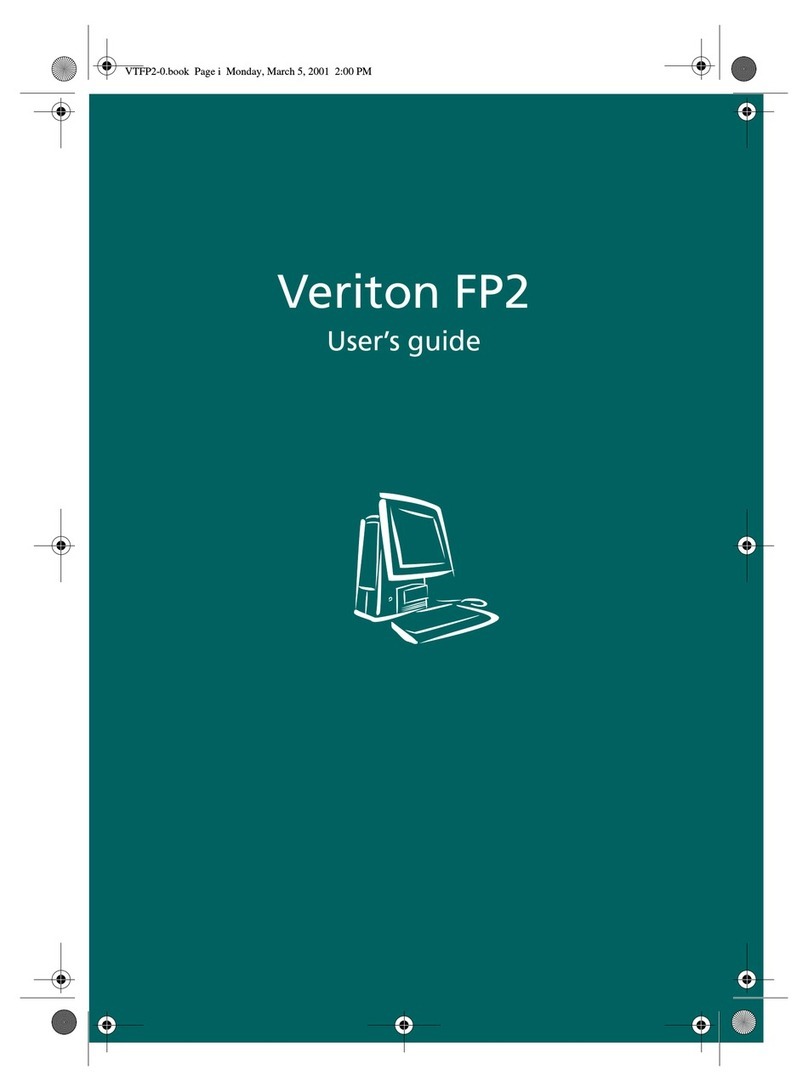
Acer
Acer Veriton FP2 User manual
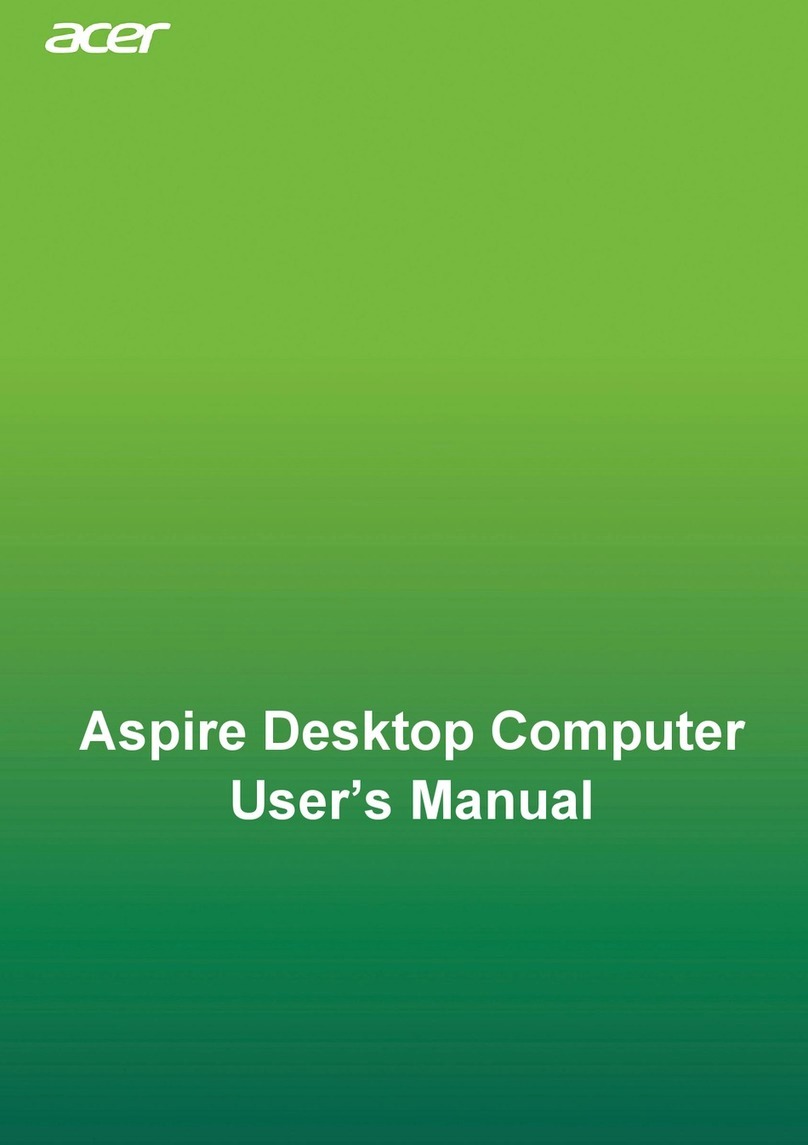
Acer
Acer Aspire XC-1780 I5400 User manual
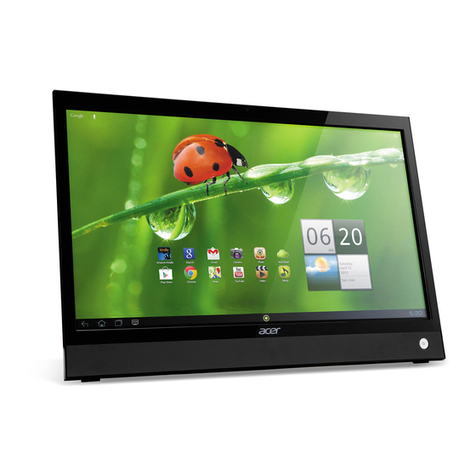
Acer
Acer Smart Display DA220HQL User manual

Acer
Acer Power Sd User manual

Acer
Acer Aspire T160 Configuration guide
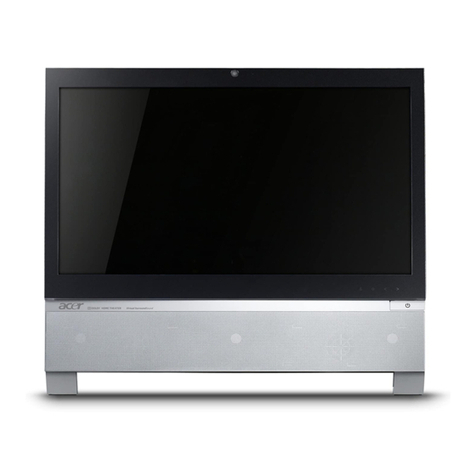
Acer
Acer PW.SH0E2.011 User manual
